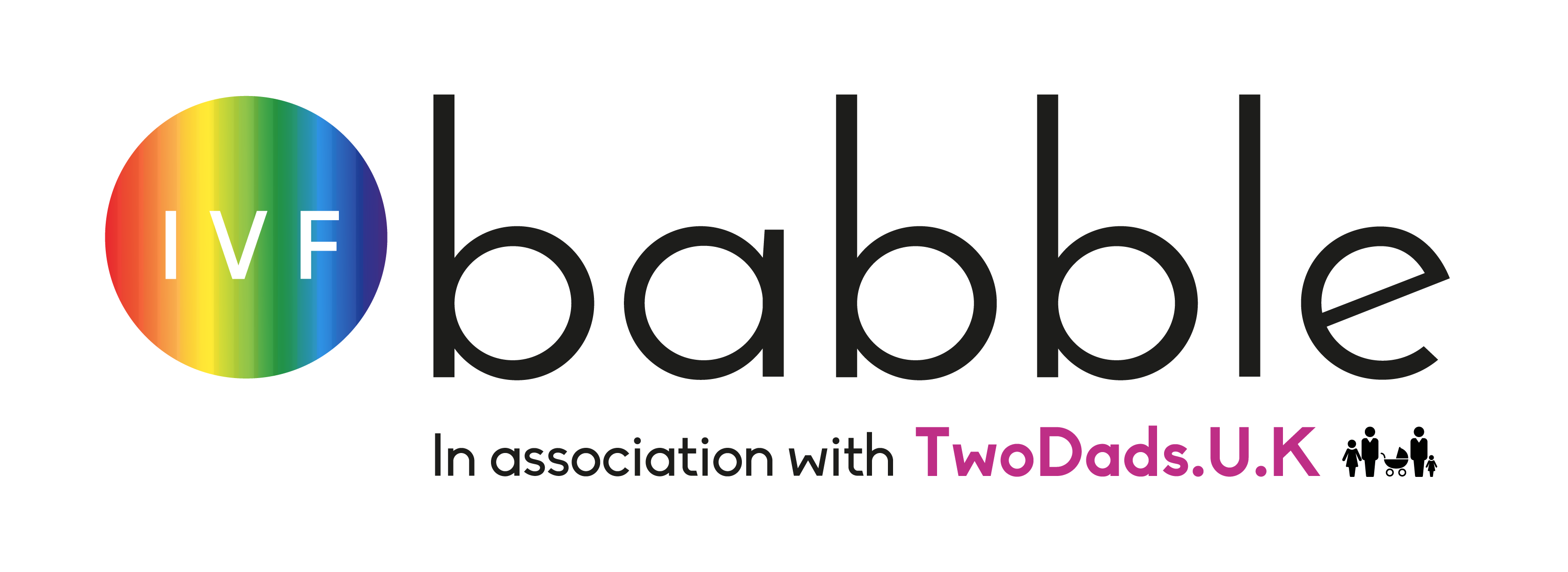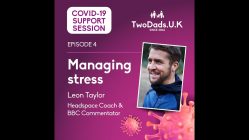Here at IVF babble we are so lucky to have access to some of the top names in the fertility world. Dr James Nicopoullos is medical director at the Lister Fertility Clinic and talks in his latest blog about the differences between traditional and natural IVF and why he believes the conventional method will always win through…
According to the latest statistics, about one in seven couples will have difficulty conceiving. Many of these couples will turn to assisted fertility treatment for help, the most common form of which is In Vitro Fertilisation (IVF).
In a stimulated IVF cycle, a patient must take medication for about ten to 14 days to stimulate as many follicles to grow as possible, so that multiple eggs can be collected. During this phase, a consultant will monitor the patient through ultrasound scans and blood tests in order to track the growth of her egg follicles until they reach an optimum size for collection.
When ready, the consultant will perform an egg retrieval procedure to remove the matured eggs from the follicles. They will be then fertilized with male sperm in a lab, with the resulting embryos placed in an incubator to grow until the ‘best ones’ for transfer are identified and put back into the patient’s uterus. Any high-quality embryos that are not transferred can be frozen for future use.
Natural cycle IVF should not involve any medication being used to stimulate the ovaries, so can only produce up to one mature egg per cycle. The patient is monitored using ultrasound scans and blood tests to track the development of the single egg follicle so that it is not released by the body before it can be retrieved.
Once the egg is ready, the patient will undergo the same type of egg retrieval procedure that is carried out in a stimulated IVF cycle, to retrieve the egg from the single follicle. If the egg retrieval is successful and the egg looks healthy, an attempt is made to fertilize the egg in the laboratory and transfer it back into the patient’s uterus.
Stimulated IVF and natural cycle IVF look very similar in terms of the timeline and the procedures followed. The only difference is that the patient does not use any medications to stimulate multiple egg development in a natural IVF cycle.
Success rates
Forty-one years after the birth of the first IVF baby, stimulated IVF continues to give couples an excellent success rate and is now safer than ever.
Studies across multiple countries and using patients of varying ages have demonstrated that IVF success rates are directly correlated with egg numbers. The more eggs you collect, the higher the chance that a genetically normal embryo will be created, and a pregnancy will be achieved. An analysis of HFEA data of over 400,000 cycles in the UK demonstrated that success rates increase and peak at 15 eggs.
Another study which also took embryos that are not transferred in the first cycle and that are frozen and stored away to be used in the future into consideration demonstrated an increase in cumulative success rate with more eggs peaking at 20 eggs.
Since natural cycle IVF is not supported by medication, there is a small chance that the crucial moment of ovulation may be missed, leading to the cancellation of a planned egg retrieval. With no extra embryos to choose from, or store for future, natural cycle IVF is a ‘one chance’ cycle. If it is not successful, the patient will have to go through the whole process again, including the egg retrieval procedure. A recent analysis of 20 years of UK data demonstrated that 44 per cent of natural cycles do not result in an egg being collected and 57 per cent result in no embryo being transferred.
Success rates for natural cycle IVF are therefore significantly lower than stimulated IVF, with the UK data showing that natural cycle success rates are less than five per cent, and it takes almost five natural cycles of IVF for every one stimulated to achieve a live birth.
This shows us that every egg counts. Data from The Lister Fertility Clinic (2006-2015) of those over 35 demonstrates an overall success rate from egg collection of more than 40 per cent but drops to only eight per cent with one egg (rising to 18 per cent and 23 per cent with two and three respectively).
Chances of success will rise with each cycle that is carried out, but it’s important for patients to understand that they may be opting for a treatment which offers less chances of conception before proceeding with this option.
The advantages
Both stimulated IVF and natural cycle IVF have potential advantages which patients should be aware of. Historically the main benefit of natural IVF has been the avoidance of any risk of ovarian hyperstimulation (OHSS) from the medication used. However, thanks to the development of new ‘tools’ for consultants such as safer triggers to mature eggs and the ability to freeze all embryos without compromising success rate, OHSS should be a thing of the past across all good fertility clinics.
Which did you have for your treatment? Do you agree with Dr Nicopoullos? Email us your thoughts, [email protected]








